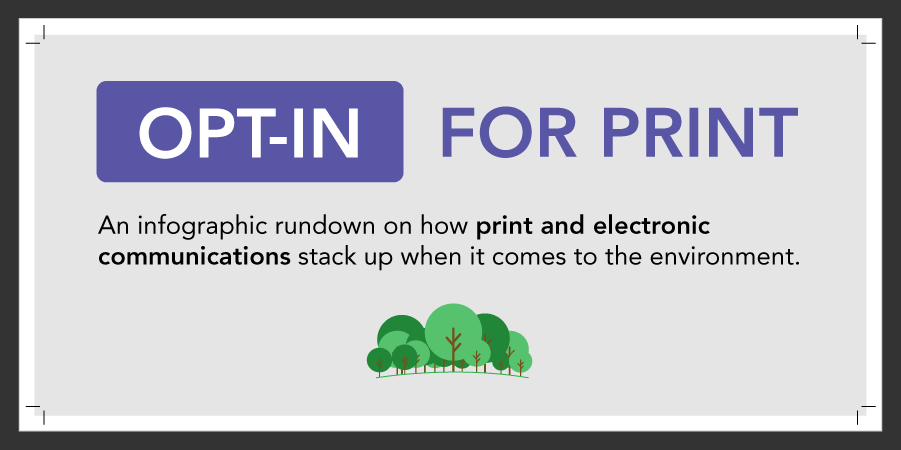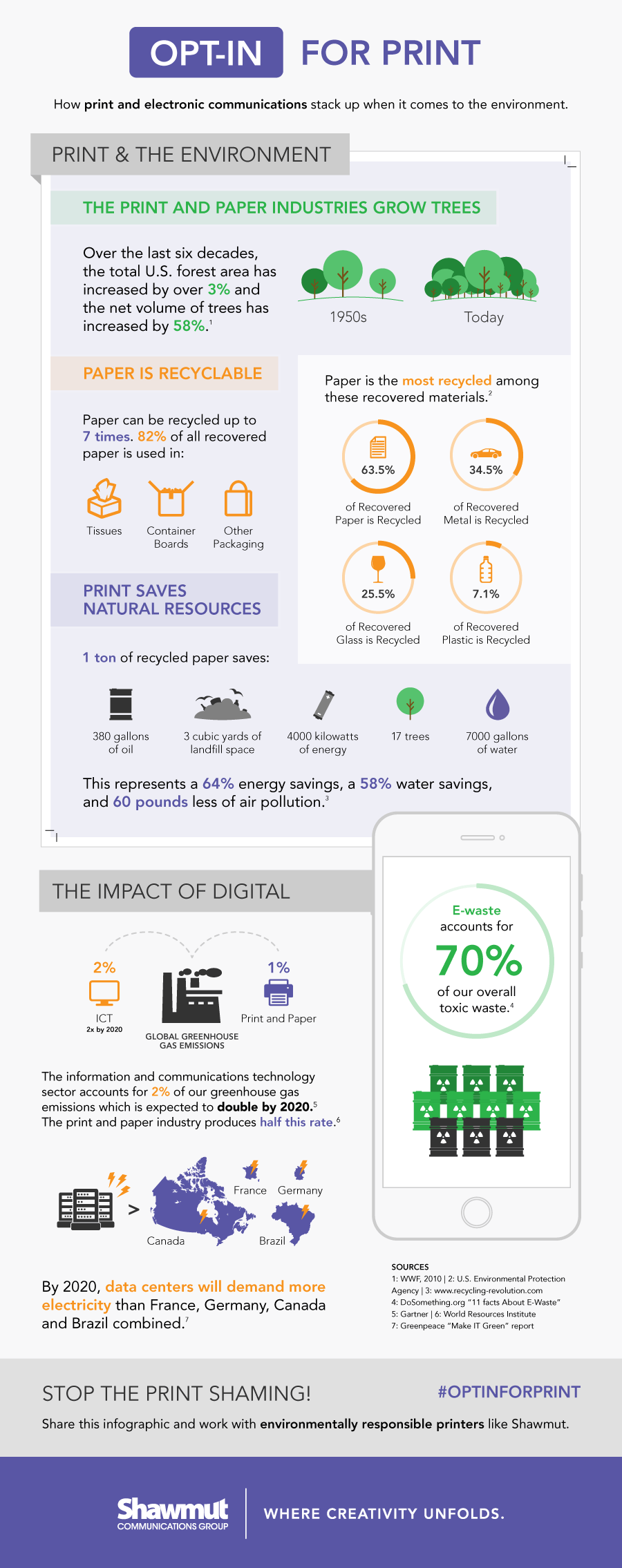Email signatures typically aren’t newsmakers, but that is not the case for Mark Perry, a professor of finance and business economics at the University of Michigan-Flint. His email signature, which was inspired by a piece about the sustainability of print in the Wall Street Journal, has received quite a bit of attention particularly during April when we celebrate Earth Day.
Here’s what Professor Perry includes at the bottom of every email in bright green type:
Notice: It’s OK to print this email free of any “eco-guilt.” Paper is a biodegradable, renewable, sustainable product made from trees. Growing and harvesting trees provides jobs for millions of Americans. Working forests are good for the environment and provide clean air and water, wildlife habitat and carbon storage. Thanks to improved forest management, we have more trees in America today than we had 100 years ago.
There are many types of statements designed to evoke “eco-guilt” as Mark calls it. ‘Go Paperless’, ‘Think Before You Print’, and ‘Go Green, Keep it on Screen’ are just a few examples of the print shaming that occurs. These statements and other environmental marketing statements create a false narrative about the size of print’s carbon footprint. In reality, print is often far more renewable, recyclable, and sustainable than other media.
Luckily the tides are turning and people are beginning to understand the truth about print’s impact on the environment. For example, a recent survey by Two Sides found that:
- 85% of respondents receiving environmental claims (such as those noted above) believe companies are merely looking to save costs
- 57% (and 48% of Millennials) question the validity of these claims
- 56% (and 45% of Millennials) agree that paper records are more environmentally sustainable than electronic storage of information
In honor of Earth Day which is celebrated each year on April 22, we've created a short infographic to highlight some of the differences between the environmental impact of print and digital media.









